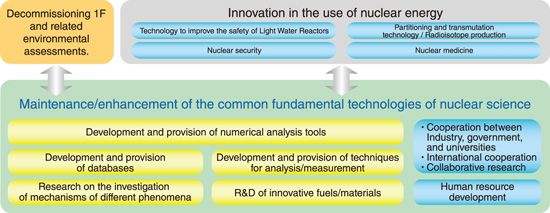
Fig.4-1 Overview of nuclear science and engineering research
Common fundamental technologies and knowledge platforms, such as databases, numerical analysis tools, analytical technologies, and knowledge of phenomena mechanisms, are necessary to support the use of nuclear energy and radiation. In the JAEA’s plan for its 4th mid-to-long term from JFY2022, the Nuclear Science and Engineering Center (NSEC) is going to advance the research and development (R&D) for the innovative use of nuclear energy and radiation through the improvement of simulation-related technologies. As summarized in Fig.4-1, the NSEC provides developed state-of-the-art fundamental technologies and nuclear science knowledge to industry, universities, and governmental agencies. The NSEC has also contributed to various applications, such as safety improvements of LWRs, the development of partitioning and transmutation technology to reduce the impact of radioactive wastes, the production of radioisotopes, and nuclear medicine. Recent results of the ongoing R&D activities at NSEC are introduced in this chapter.
The importance of inspections of radioactive materials at airports and ports are increasing for nuclear security. In order to facilitate the inspections, we have developed a low-cost transportable device for detecting radioactive materials. The device detects radioactive materials by the active method using a rotating neutron source of Cf-252. A demonstration experiment was conducted at Kyoto University and the device successfully detected 57 g of U-235. The introduction of the device into practical applications is expected (Topic 4-1).
A processing system for generating cross section files from nuclear data is necessary for the use of nuclear energy and radiation, such as reactor design and shielding analysis. We have developed FRENDY as one of the nuclear data processing systems. In January 2022, we released FENDY version 2 including various new functions such as multi-group cross section generation function. The new functions increase the value of FRENDY and are expected to attract not only current users but also new users (Topic 4-2).
When ceramics including oxide, nuclear fuels are irradiated with high-energy ions such as fast fission products, radiation damage will be caused. With some ceramics, the observed sizes of radiation damage are different from those predicted using thermal spike theory. Our systematic study of observing surface nanostructure (nano-hillok) showed that the difference between predicted and observed sizes in CeO2 is due to the high recrystallization capability of CeO2 (Topic 4-3).
In order to estimate the air dose rates caused by release of radioactive materials in urban areas taking into consideration the influence of individual buildings, we developed a local-scale high-resolution atmospheric dispersion and dose assessment system LHADDAS, which consists of three modules; a local-scale high-resolution atmospheric dispersion model using large-eddy simulation LOHDIM-LES, a simulation code powered by lattice dose-response functions SIBYL, and a real-time urban dispersion simulation model based on a lattice Boltzmann method City LBM in cooperation with the CCSE of JAEA. LHADDAS is expected to use for the safety in emergency response to nuclear accidents and decommission of nuclear facilities (Topic 4-4).
Technologies to reduce the waste load generated from the use of various types of reactors are being developed for future nuclear energy utilization. In cooperation with the Tokyo Institute of Technology, we have developed and released a fast, versatile, and flexible nuclear fuel cycle simulator NMB4.0. NMB4.0 is expected to contribute to the R&D on reactor systems and nuclear fuel cycle technologies for the sustainable us of nuclear energy (Topic 4-5).
The development of an accelerator-driven nuclear transmutation system (ADS) is ongoing for reducing the impact of highly radioactive wastes. In order to reduce thermal fatigue due to the beam trips in the subcritical structure, stringent reliability is required for the ADS accelerators. We implemented the most recent advancements in the design of superconducting radiofrequency cavities to achieve high acceleration efficiency. Simulation results suggested the implementation will lead to the realization of more reliable ADS accelerators (Topic 4-6).
Technetium-99m, one of medical isotopes, is produced from molybdenum-99 (99Mo). From the view point of nuclear security, production of 99Mo by neutron irradiation to 98Mo is recently getting more attention than the partitioning and refinement of 99Mo from irradiated highly-enriched uranium fuels. In order to gain sufficient amount of 99Mo by neutron irradiation to 98Mo, higher adsorption efficiency of 99Mo to alumina (adsorber) is required. We investigated the mechanism of Mo adsorption to alumina and developed an improving method of alumina’s Mo adsorption capacity (Topic 4-7).